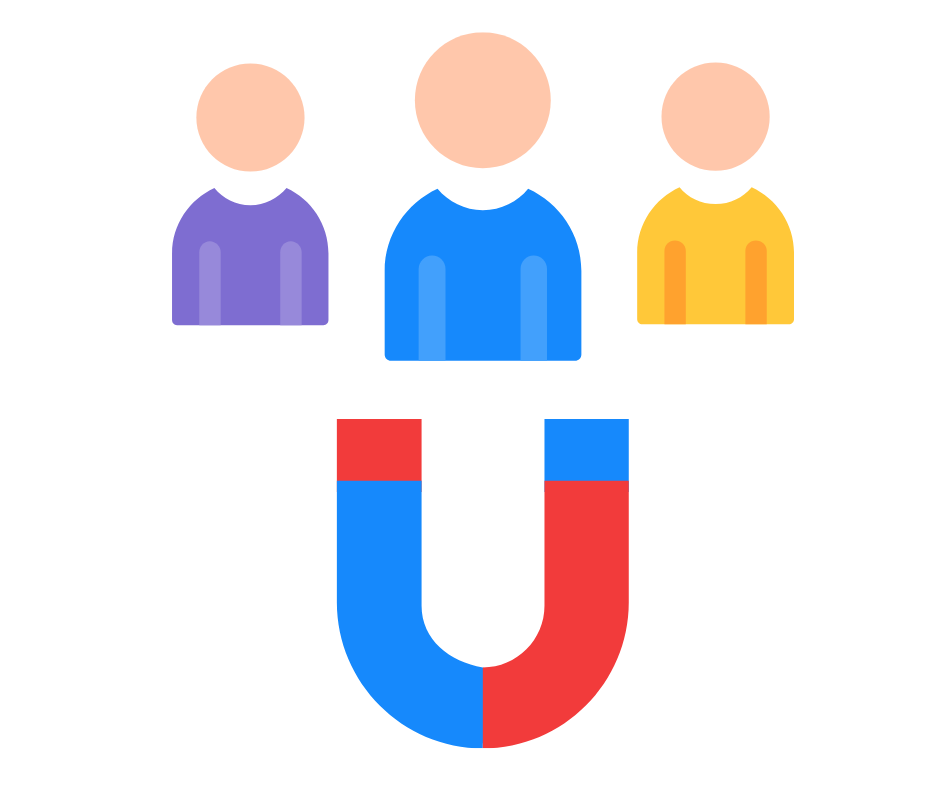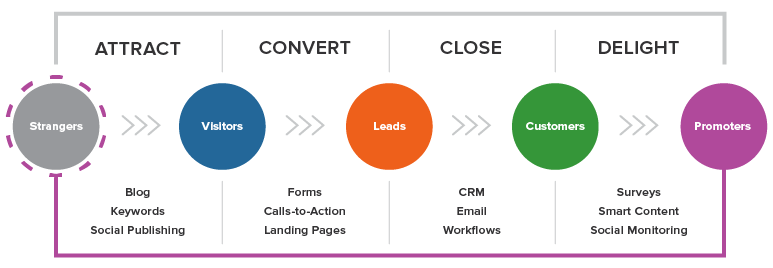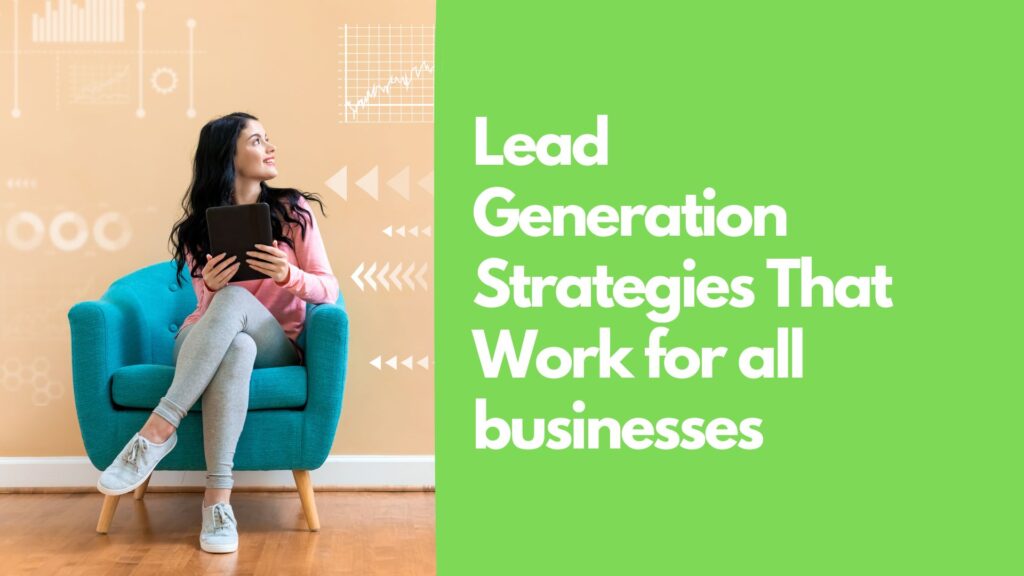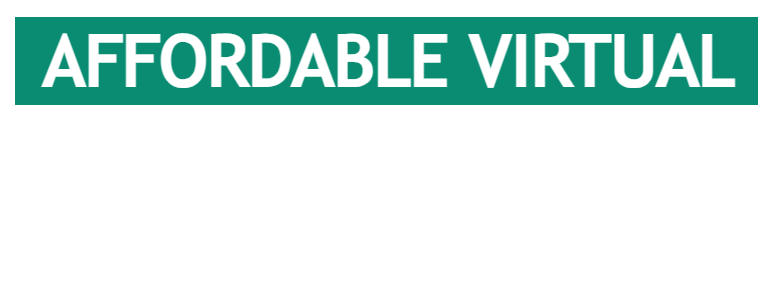It’s easy to hear the term lead generation strategies and think, Oh, I know what that means—I’ll call 100 people and try to convince them they need my services!
But if you really want to make an impact with your lead generation strategies, you need to dig deeper than that.
For your lead generation strategy to really work, it needs to be based on more than just some assumptions or gut feelings; it needs data and analytics that prove that your chosen strategies will be effective and valuable in the long run.
What is the meaning of a lead in digital marketing?
Effective lead generation is an important part of any sales process. Understanding what leads are, where they come from and how to get them can help you increase sales.
There are a few basic things about leads that everyone should know before considering a lead generation campaign.

First off, what exactly does a lead mean? In marketing terminology, a lead is anyone who shows interest in your product or service by requesting more information about it or asking for a quote.
More Read: A Complete Guide for Hiring a Virtual Marketing Assistant
This could be someone filling out a contact form on your website or calling you directly with questions about your offerings.
Leads often become customers later down the line, but not always—remember these are people expressing interest in your company.
Not all will become actual paying customers. There are many different types of leads you can pursue based on your business focus and industry, but here’s a look at some general categories: Business opportunity leads: These kinds of leads include any individuals interested in buying into an existing business or starting their own venture with outside funding.
What is the meaning of lead generation?
Before you can actually generate leads, you need to understand what a lead is in your industry. In most cases, a lead is anyone who has shown some level of interest in your product or service.
It could be someone who filled out a form or clicked on an email link. It could also be a past customer you haven’t spoken within a while.
Leads fall into three categories:
- Hot Leads
- Warm Leads
- Cold Leads
Hot leads are people who have recently engaged with your brand and show interest in buying from you.
Warm leads are people that have interacted with your company at least once but aren’t actively seeking information from you right now.
Cold leads are people who haven’t heard from your company in at least six months so they’re unlikely to respond when contacted again.
Effective Lead Generation Strategies with Examples
The Internet has changed everything in terms of business, including how companies generate leads.

The days of relying solely on walking door-to-door are long gone. Today, businesses looking to attract customers have many different lead generation strategies they can utilize to reach their target audience.
Let’s take a look at seven examples of how you can effectively generate leads online. You may not be able to implement all of these ideas, but you should find some helpful information and get plenty of inspiration.
7 Lead Generation Strategies That Work for startups
Unfortunately, it’s not always easy to get your target audience to convert into sales. It’s one thing to get people interested in what you have to offer, but unless they are actually interested enough to take action, your efforts will be fruitless.
Thankfully, there are plenty of lead generation strategies available that can help build your audience and increase your sales. You just need to know where to look for them.
Below are 7 strategies that have proven successful for other businesses.
1. Have Email Signatures
The simplest lead generation strategy you can adopt is to have an email signature with your company’s URL, social media presence, and other contact information.
It’s easy to forget about small details like that (and not every business owner does it), but having your URL on hand can make all of the difference.
For example, if someone finds you at a conference and likes what they hear about your work, an email signature provides them with one simple way to stay in touch—no running around or hurriedly scribbling down URLs needed.
As a result, these contacts are more likely to turn into leads for your business.
2. Have Clean and Simple Contact Information
Don’t make your customers work to get in touch with you—make it easy for them! Consider setting up a mailing list or including an email sign-up form on your website. You can also consider embedding social media links for maximum accessibility.
It’s also smart to use different mediums, like having a separate phone number for mobile users, too.
Why? Because there’s less friction involved in following up, which makes customers feel like less effort is required of them (which makes them more inclined to give you their contact info).
This whole process circles back to effective lead generation; after all, without your email signature making it easier for people to follow up with you, customers might simply forget that they met you and go on their merry way.
3. Implement Live Chat
Most companies do not realize how lead generation strategies can benefit their business. Oftentimes, businesses will complain about not getting enough visitors or will say that they just don’t get enough leads and never convert.
The answer to both of these problems is easy: implement live chat.
Live chat software can connect you with potential customers and help you generate leads faster than ever before.
As an added bonus, live chat software is completely free and incredibly simple to install and use.
4. Implement Exit Intent Popups
You can generate leads for your business through exit intent popups. A potential customer is about to leave your website and go somewhere else on their own.
Your pop-up must present a strong CTA that offers them some kind of incentive for staying on your site and completing a form or action.
You must capture as much information as possible about them such as email, first name, etc. The more information you collect from them, the more likely they are to engage with you in other ways down the road.
This strategy is one of my favorites because it’s both simple and effective. It also allows me to build relationships with people before I even talk to them by prequalifying them based on their web browsing behavior.
For example, let’s say I am running an online t-shirt store. While browsing around different t-shirt sites someone may land on mine but then continue to browse around Amazon. com for alternative brands.
They came close to purchasing something but didn’t quite take that last step. So instead of losing them forever, all I have to do is use an exit-intent popup that asks why they didn’t buy anything yet.
Are they looking for a specific brand?
Are they just window shopping?
Are there certain features I need to improve upon to keep them coming back? If so, I will work hard until those issues are resolved so we can mutually grow together. But these questions were only asked because we had already made contact via an exit intent popup! Otherwise, they would have been lost forever without ever giving us another thought.
5. Collect Emails on Social Media Platforms
With today’s social media platforms, you can easily add a subscribe or follow button to your business profile or the product page. This will allow users to join your email newsletter in exchange for coupons, discounts, updates and more.
Giving something of value away in exchange for an email address is a great way to create a new customer base and gain their trust in a short period of time.
You can also host contests or other promotions through these channels to grow your list.
Be sure to keep things relevant and helpful for those who sign up so they remain interested and engaged. If you give them what they want, it will be easier to convert subscribers into customers.
6. Use Webinars
Webinars are one of my favorite lead generation strategies because you can deliver high-quality content to your leads, but they are also a way for them to reach out and touch you.
Plus, webinars tend to be more affordable than live in-person events. If you need help getting started with webinars, check out our guide on how to create a successful webinar in 5 steps.
7. Get on Podcasts
Podcasts are a great way to be visible, create content and educate listeners. A lot of companies are just now realizing how many people are listening to podcasts on a regular basis.
You can get on podcasts that have already been created or you can start your own podcast which allows you to have complete control over what topics you cover.
I wouldn’t recommend starting your own podcast until you have at least 10 episodes completed so that when people go looking for podcast episodes they will find your site/podcast first.
If you do decide to start your own podcast it will take a while before you gain traction but once you do it could become very lucrative depending on how much time and effort you put into creating an awesome product.
In addition to creating unique podcast content, there are other ways to generate traffic from podcasts such as becoming a guest speaker on an existing podcast or launching your own affiliate marketing program with partners who already have established followings.
How lead generation works?
Effective lead generation involves more than just attracting potential customers to your business. It’s about building relationships with them too.
Whether it be through social media or face-to-face, you have to establish credibility and deliver value in order to effectively build a relationship with your target market.
This is known as inbound marketing, which has become one of the most popular forms of effective lead generation over recent years.
Be wary though; there are also many predatory businesses out there who will try to take advantage of unsuspecting small businesses by promising quick results but delivering mediocre ones instead.
Be sure that whoever you choose can provide real value to your company before partnering up with them; otherwise, they may end up hurting your reputation instead of helping it. Also, don’t forget to ask for referrals from current clients.
Word of mouth is always a powerful tool when trying to attract new leads. If existing clients trust your brand enough to refer others, then there must be something special about you—and what better way for others to get an inside track into your services? Referrals are not only more effective at bringing in new clients, but they generally close at a higher rate too.
Better yet, if someone knows someone else who might benefit from your products or services, they’re much more likely to work harder on getting them to sign on with you if their friend did so first.
So go ahead and develop some lead generation strategies that work! You never know—it could end up being an invaluable addition to your overall sales strategy.
Our 7 lead generation strategies, when used to their full potential, will boost your sales and secure your spot in your market. We hope you enjoyed our guide on how to boost sales with lead generation! What other strategies do you use? How do you boost sales with lead generation? Let us know in the comments below!

